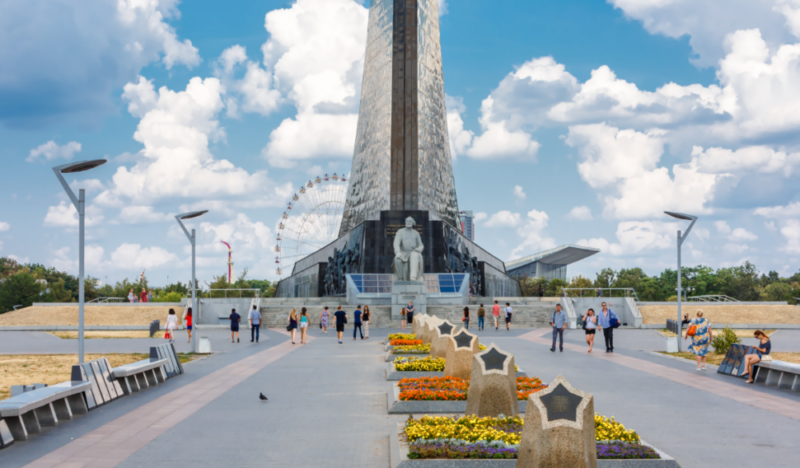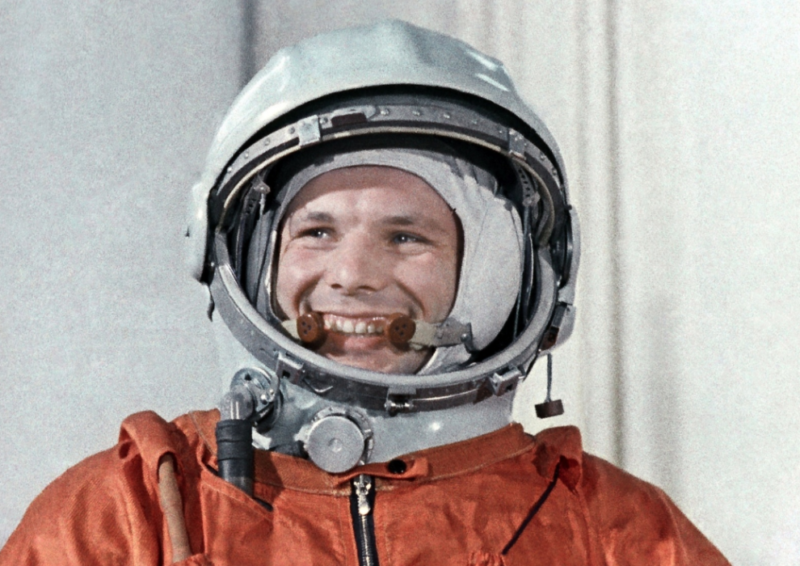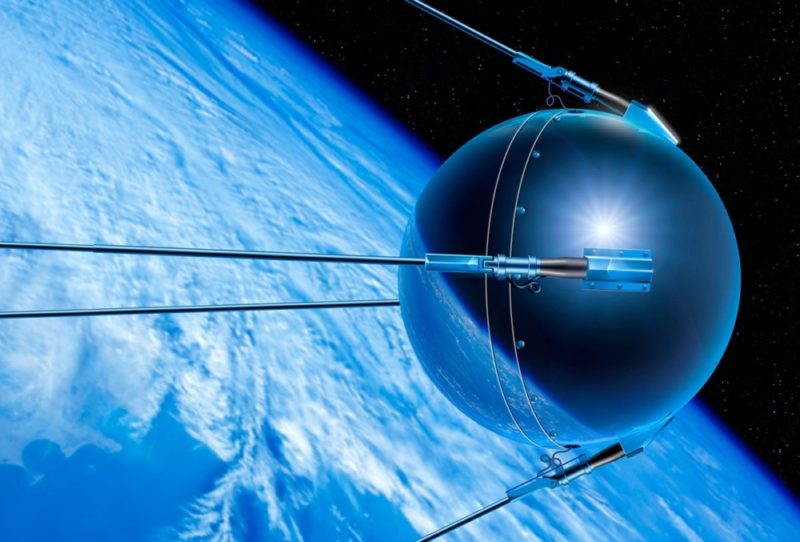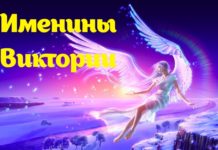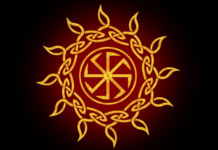The legendary flight of man into space, shaking the whole world, was carried out on April 12, 1961. The first inhabitant of the Earth to set off on the Vostok-1 ship to conquer airless space was then unknown to anyone else, Yuri Alekseevich Gagarin. The ship rose to a height of 217 km and made one revolution around our planet for 1 hour 48 minutes. The descent of the manned vehicle lasted 108 minutes, safely landing near the city of Engels, Saratov Region. The great event has become a landmark for the future, since then the country annually celebrates a solemn date - Cosmonautics Day.
Material Content:
Cosmonautics Day History
This cosmic accomplishment in the USSR was greeted with popular glee. Thousands of people in different cities and villages of the immense state attended festive rallies and demonstrations. An unusually enthusiastic atmosphere reigned. The people responded with great enthusiasm to such an outstanding feat of Soviet man. From now on, this event has become annually celebrated throughout the country; it is no coincidence that it is still honored in the former republics of the Soviet Union.
The history of the holiday began with a very symbolic episode, when in a memorial place, right in the field where the capsule with the astronaut landed, residents of nearby villages installed a wooden plaque with the inscription - “Do not touch. 04/12/61. 10 hours 55 Moscow time. ” Subsequently, it was here that a 27-meter obelisk of marble was erected - an exact copy of what is located near the Cosmos pavilion of the All-Russian Exhibition Center (VDNH) in Moscow. It is noteworthy that in 1965 Yuri Gagarin himself came here.
20 years have passed since that memorable day for all mankind, and next to the obelisk, a sculpture of the first cosmonaut was installed, the author of which was the artist K. Matveeva.
The Cosmonauts Memorial Alley was a significant monument to space explorers, open to the 50th anniversary of the great feat of man and people. Designed by its architect M.V. Tikhomirova and sculptor A.A. Rozhnikova. It represents beautifully executed bas-reliefs and stands with portraits of the scientist K.E. Tsiolkovsky, General Designer S. Korolev and twelve outstanding heroes-cosmonauts.
A module of the legendary Photon spacecraft was placed on the left side of the sculpture.
Actually, the locals began to celebrate the holiday annually, arranging all kinds of concerts, solemn meetings, symbolically called Gagarinsky. Portraits of the country's leaders and astronauts were hung out, decorated with posters and iconic banners.
The students themselves gracefully decorated the former field, set up a wonderful park.
The status of official Cosmonautics Day was received in 1962, when a special decree of the government was adopted in the prescribed manner. The initiator of this event was German Titov, the understudy of Yuri Gagarin, a friend and ally, an outstanding cosmonaut of the Soviet Union. This tradition is still maintained in Russia.
But recognition on a global scale only happened in 1968, when the Soviet achievement was recognized and established by the General Conference of the International Aviation Federation, and on April 12 has since been called World Cosmonautics and Aviation Day, it is solemnly celebrated in many European countries, as well as in the United States. It is no coincidence that the UN General Assembly in 2011 decided to declare this date as International Day of Human Space Flight.
Flight of Yuri Gagarin
The day and hour of the launch of the Vostok-1 ship with a citizen of the Soviet state on board was strictly classified. Since the actively developing cosmonautics of the USSR actively competed with the American astronautics for their leadership in this most popular sphere. That’s why the announcement on the radio: “A man in space!” Was made some time after the spacecraft entered orbit with Yu. Gagarin. A significant event happened at 10 hours 2 minutes in Moscow. From here begins the era of manned flights, which today have become almost ordinary, devoid of sensationalism. However, on that legendary day, this event truly shocked the entire world community.
It was expected that the shuttle will touch the ground near Stalingrad. A group of specialists, military and medical personnel, who were ready to meet Yuri Alekseevich, was sent there. However, the hopes did not materialize.
When Vostok-1 started, there were malfunctions in the braking system. Therefore, the ship entered orbit much higher than planned in the flight control center of Baikonur, 40 km away. It was impossible to make an exact calculation for landing, especially in a given area.
Having made one revolution around the Earth, the ship began the planned descent. After the descent vehicle entered the atmosphere, which happened at an altitude of 7 km, the astronaut ejected.
Yuri Gagarin at first assumed that his landing would take place in the Far East. However, the descent was initiated when the ship was directly above the Mediterranean Sea. At that moment, the astronaut realized that he could land somewhere in the European part of Russia.
After the bailout, which passed very gently, Yuri Alekseevich flew out of the ship with the chair. After a few seconds, a stabilizing parachute flew up. The seat with the astronaut began to shift to the right. Far below Gagarin noticed a brilliant strip of a large river, and it came to understand that this could only be the Volga.
A few minutes later, the astronaut saw the city by the great Russian river, and next - another, a little smaller. Their outlines and layout seemed to Yury Alekseevich something familiar, and he was right. The astronaut felt the wind carrying him directly to the river surface, but the second parachute came out and opened and the descent stabilized.The rotation stopped, it turned in the direction of the Volga. He saw his native places - Saratov, the railway bridge, sandbank. Above them, he once made his first training flights on an airplane, being a cadet of the Saratov Flight School.
The reserve parachute, which was supposed to be used, did not open, Yuri Gagarin was unlucky. Then he accidentally disengaged and flew down the emergency stock. The second dome did not go out. Only when the astronaut fell into the clouds, where a strong wind was walking, did the parachute finally work.
Yuri Gagarin remembered exactly where the descent vehicle, which was burnt, covered in black soot, landed. Then he examined on the right side the field camp, the highway passing behind him leading to the city of Engels. He also noticed a woman grazing on a calf field.
The astronaut landed on a loose arable land near two villages - Usmorye and Smelovka.
That woman with the calf was the first to meet him. At first she paused in fright. Then Yuri Gagarin, not easily tearing off his face mask, hurried to meet her, shouting: “I am my own, Soviet ...” The spacesuit held back his movements, so he could not move quickly. When the peasant woman approached him, he said that he had been in space.
Collective farmers have already fled to the field from the field camp. They surrounded the first astronaut, cordially greeted him, saying that they had already heard about his flight. At this time, the military arrived from the nearest artillery military unit, with whom the astronaut went to the location of the unit and reported by telephone to Moscow about his landing. Later he had a telephone conversation with Nikita Sergeyevich Khrushchev.
The flight of the legendary Yuri Gagarin became a symbol of the era, the highest achievement of the state, the great feat of a simple Soviet man.
In the media, documentaries and feature films, it was reported that the pilot landed in a spaceship, and not by parachute. The circumstances of the landing themselves were strictly classified, since there was a problem with the fact of recognition of this feat of the Soviet cosmonaut on a global scale.
The International Federation of Aeronautics, based in Paris, put forward a condition according to which such an astronaut’s achievement would be counted if the landing took place in a spaceship, in extreme cases, on an airplane. The parachute was categorically rejected, which became a trick, an attempt to deprive the Soviet cosmonaut of the honorary title of the first person on Earth to be in outer space.
Only after much debate did the international bureaucrats finally recognize the feat of Yu. A. Gagarin, registering his flight as a fait accompli.
Holiday traditions
Cosmonautics Day today is a solemn holiday in which, first of all, cosmonauts themselves take part. The designers and engineers who create the most sophisticated equipment, the employees of the space centers, all those people whose professional activities are somehow related to space.
Including the military of the Aerospace Forces of Russia, the personnel of aviation and rocket-making plants, students of those educational institutions that in the future will become specialists in the aerospace industry.
Directly on the Gagarin field, St. George's Night is held annually. These are festivals, concerts, exhibitions of space technology achievements. Special scientific conferences, various discussion clubs are held.
Television channels also join this holiday, which are broadcast on that very day with special thematic TV shows and concerts. Cinemas also do not stand aside, arrange rental of feature films and documentaries on space topics.
In observatories and planetariums, they conduct special excursions for all comers, give fascinating lectures on the history of astronautics.
Every year Cosmonautics Day is solemnly celebrated in the Moscow Kremlin, where representatives of the space industry and the military are honored, awards are presented, and festive receptions are held.
Interesting Facts
There are many interesting events and facts that are associated with the celebration of a significant date that characterize the history of space exploration.
- The first artificial satellite was launched and successfully entered low Earth orbit in 1957. It lasted 92 days.
- Sputnik-2 was first sent into space with a living passenger on board - the dog Laika. Unfortunately, she died only a few hours later due to a strong fever.
- Following her, the legendary Squirrel and Strelka went into orbit, which safely returned home. They spent in space for a whole day. After the flight of animals, it became possible to prepare people for further flights.
- In 1968, turtles took part in such expeditions, flying aboard the Soviet ship Zond-5 around the moon.
- For the first time, Alexei Leonov, an outstanding and legendary Soviet cosmonaut, stepped into outer space.
- The first woman to go into space was, of course, the Soviet representative of the "weaker" sex, Valentina Tereshkova, at Vostok-5, who flew for three days.
- Other astronauts of the Soviet Union set outstanding records. They performed feats in almost every stay in space. Sergey Krikalev was in orbit six times, and in general, the duration of his flights was more than 803 days. Gennady Padalka managed to break all records - he lived on the space station for more than two years.
What other holidays are celebrated on April 12
In addition to the significant date, other noteworthy events are noted.
- Orthodox Christians celebrate John Climacus on April 12. In the VI century, he served as hegumen of the Sinai Monastery and created an outstanding work - “The Ladder”. This philosophical work is devoted to the moral self-improvement of the believer, contains the achievement of 30 virtues, each of them is represented in the form of symbolic steps leading to the light.
- Lovers of oatmeal organize at this time the World Festival, which lasts three days and takes place in St. George, USA. A certain Bill Hunter, as the manager of a local supermarket, conducted marketing research in the mid-eighties and got an interesting result. It turned out that the inhabitants of this city most of all acquire oatmeal. He proposed the idea of celebrating this fact by organizing a festival. Thus, to urge people to take care of their health, preferring natural foods.
- 1949 - this "space" day was marked by the beginning of the construction of the now famous and famous building of Moscow State University, on the Sparrow Hills.
- 1981 - NASA sent the Columbia, a reusable spacecraft, into space.
- 1995 - “Yahoo” (international search engine) began work.
The events cited, like many others that took place on April 12, other interesting events, are very significant. However, on the scale of what has happened, it is impossible to fully appreciate the first man’s flight and the feat of Yuri Gagarin, which has no equal to this day.
This is a truly outstanding fact, which gave every representative of humanity hope for a better and brighter future among stars in outer space.



